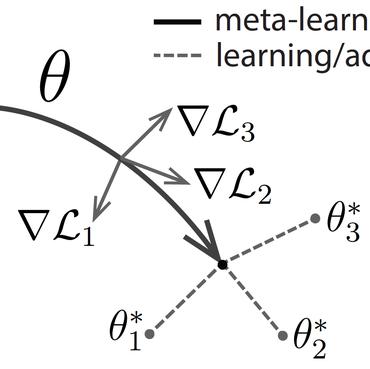Search Results for author: Oliver Taubmann
Found 9 papers, 0 papers with code
Handling Label Uncertainty on the Example of Automatic Detection of Shepherd's Crook RCA in Coronary CT Angiography
no code implementations • 22 May 2023 • Felix Denzinger, Michael Wels, Oliver Taubmann, Florian Kordon, Fabian Wagner, Stephanie Mehltretter, Mehmet A. Gülsün, Max Schöbinger, Florian André, Sebastian Buss, Johannes Görich, Michael Sühling, Andreas Maier
If a patient exhibits a Shepherd's Crook (SC) Right Coronary Artery (RCA) - an anatomical norm variant of the coronary vasculature - the complexity of this procedure is increased.
SEMPAI: a Self-Enhancing Multi-Photon Artificial Intelligence for prior-informed assessment of muscle function and pathology
no code implementations • 28 Oct 2022 • Alexander Mühlberg, Paul Ritter, Simon Langer, Chloë Goossens, Stefanie Nübler, Dominik Schneidereit, Oliver Taubmann, Felix Denzinger, Dominik Nörenberg, Michael Haug, Wolfgang H. Goldmann, Andreas K. Maier, Oliver Friedrich, Lucas Kreiss
Deep learning (DL) shows notable success in biomedical studies.
DeepTechnome: Mitigating Unknown Bias in Deep Learning Based Assessment of CT Images
no code implementations • 26 May 2022 • Simon Langer, Oliver Taubmann, Felix Denzinger, Andreas Maier, Alexander Mühlberg
Reliably detecting diseases using relevant biological information is crucial for real-world applicability of deep learning techniques in medical imaging.
Building Brains: Subvolume Recombination for Data Augmentation in Large Vessel Occlusion Detection
no code implementations • 5 May 2022 • Florian Thamm, Oliver Taubmann, Markus Jürgens, Aleksandra Thamm, Felix Denzinger, Leonhard Rist, Hendrik Ditt, Andreas Maier
The best configuration detects LVOs with an AUC of 0. 91, LVOs in the ICA with an AUC of 0. 96, and in the MCA with 0. 91 while accurately predicting the affected side.
An Algorithm for the Labeling and Interactive Visualization of the Cerebrovascular System of Ischemic Strokes
no code implementations • 26 Apr 2022 • Florian Thamm, Markus Jürgens, Oliver Taubmann, Aleksandra Thamm, Leonhard Rist, Hendrik Ditt, Andreas Maier
In the work at hand, we place the algorithm in a clinical context by evaluating the labeling and occlusion detection on stroke patients, where we have achieved labeling sensitivities comparable to other works between 92\,\% and 95\,\%.
CAD-RADS Scoring using Deep Learning and Task-Specific Centerline Labeling
no code implementations • 8 Feb 2022 • Felix Denzinger, Michael Wels, Oliver Taubmann, Mehmet A. Gülsün, Max Schöbinger, Florian André, Sebastian J. Buss, Johannes Görich, Michael Sühling, Andreas Maier, Katharina Breininger
With coronary artery disease (CAD) persisting to be one of the leading causes of death worldwide, interest in supporting physicians with algorithms to speed up and improve diagnosis is high.
Detection of Large Vessel Occlusions using Deep Learning by Deforming Vessel Tree Segmentations
no code implementations • 3 Dec 2021 • Florian Thamm, Oliver Taubmann, Markus Jürgens, Hendrik Ditt, Andreas Maier
Training the EfficientNetB1 architecture on 100 data sets, the proposed augmentation scheme was able to raise the ROC AUC to 0. 85 from a baseline value of 0. 56 using no augmentation.
Explaining Clinical Decision Support Systems in Medical Imaging using Cycle-Consistent Activation Maximization
no code implementations • 9 Oct 2020 • Alexander Katzmann, Oliver Taubmann, Stephen Ahmad, Alexander Mühlberg, Michael Sühling, Horst-Michael Groß
Clinical decision support using deep neural networks has become a topic of steadily growing interest.
Scale-Space Anisotropic Total Variation for Limited Angle Tomography
no code implementations • 19 Dec 2017 • Yixing Huang, Oliver Taubmann, Xiaolin Huang, Viktor Haase, Guenter Lauritsch, Andreas Maier
Hence, the main purpose of this paper is to reduce streak artifacts at various scales.


